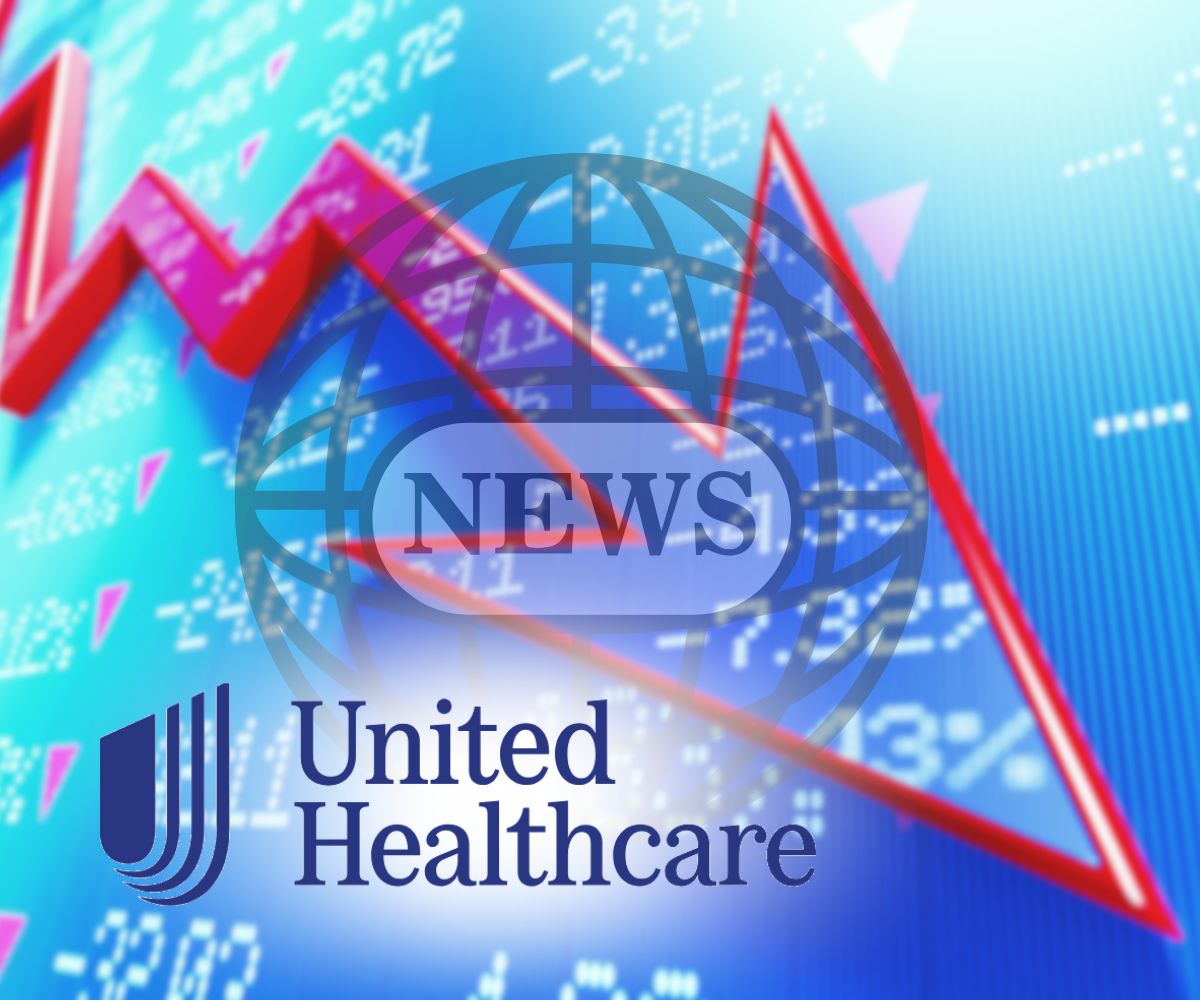UnitedHealth’s Forecast Shake-up Sends Health Insurance Stocks Tumbling
Health insurance stocks took a nosedive this week. The sector was rattled after UnitedHealth Group (UNH), the largest U.S. health insurer, announced a steep cut to its profit forecast for 2025. The unexpected move sent shockwaves through Wall Street, with UnitedHealth’s shares plummeting by about 22% in a single day. Fellow major insurers, like Humana and CVS Health, also saw their stocks slide. But behind the numbers lies a story of increased medical costs, consumer demand shifts, and what this could mean for everyone who relies on health insurance.
An “Unusual and Unacceptable” Earnings Miss
UnitedHealth’s first-quarter financial results were the bellwether that set the tone for this market unrest. Reporting earnings of $7.20 per share, the company missed analysts’ expectations of $7.29—not usually a dramatic difference but a glaring one when the stakes are so high. UnitedHealth further adjusted its 2025 profit forecast to between $26 and $26.50 per share, down from a previously projected $29.50 to $30 range. Analysts, on average, had predicted $29.72.
CEO Andrew Witty didn’t mince words during an investor call, describing the results as “frankly unusual and unacceptable.” The root cause? Higher-than-expected medical care costs in the Medicare Advantage sector, driven by increased outpatient and specialist visits. Essentially, more patients needed care than UnitedHealth had budgeted for.
Beyond UnitedHealth: Sector-Wide Ripples
When UnitedHealth stumbles, the broader sector often feels the tremor, and this week was no exception. For context, UnitedHealth isn’t just any player in this arena. It covers over 50 million people through various plans, including Medicare Advantage, which is a privately managed version of Medicare primarily covering older Americans.
Other health insurance titans weren’t spared as investors braced for potential knock-on effects. Humana, another giant in Medicare Advantage, saw its stock fall roughly 7%, while Elevance Health and CVS each declined 2%-3%. The once seemingly resilient health insurance sector appears to be on shaky ground, with UnitedHealth serving as a grim barometer.
Rising Costs Meet Changing Risks
Here’s where things get really complicated. On one hand, the increased demand for medical services is a sign that patients are using the coverage they’re paying for. On the other, for insurers, this uptick translates to higher costs that eat into their profit margins. UnitedHealth highlighted another factor squeezing the bottom line: Medicare funding cuts introduced under President Biden’s administration. These reductions made reimbursement rates less favorable for insurers.
The company’s Optum Health unit, responsible for prescription drug plans and care delivery, further struggled due to an influx of riskier, more care-intensive patients. Some were absorbed from competitors’ discontinued plans and were less engaged with preventative care last year, contributing to reimbursement mismatches.
All these dynamics formed a perfect storm, leading analysts to wonder how other insurers might weather similar cost pressures in the months ahead.
Broader Impacts on the Health Insurance Industry and Consumers
For insurers, the immediate concern is clear: tighter margins. Companies must adjust premiums or find ways to better predict and accommodate unexpected care demands. But here’s where it gets personal for consumers who depend on health insurance every day.
- Potential Premium Hikes: If insurers can’t keep their costs down, you might see premium increases or policy adjustments as they attempt to rebalance budgets.
- More Focus on Preventative Care: To get a better handle on costs, insurers are likely to push harder to keep patients engaged in regular check-ups and screenings. Improving health outcomes early on helps keep expensive procedures at bay.
- Shifting Industry Trends: Innovations like value-based care, which ties payments to how well providers improve patient health rather than the quantity of services delivered, could gain traction as companies rethink their business models.
A Silver Lining or Growing Pains?
The health insurance industry might be down, but it’s not out. Beneath the grim headlines and stock market jitters, there’s a glimmer of hope for recovery. One bright spot? The Centers for Medicare & Medicaid Services (CMS) recently announced a 5.06% average increase in payments to Medicare Advantage (MA) plans for 2026. That’s billions of extra dollars flowing into the system—money that could help insurers regain their footing after a rough patch.
So, what’s behind this boost? It comes down to updated calculations. CMS adjusted its growth rate projections to reflect new data on Medicare costs and fee-for-service expenditures. The result? A more optimistic financial outlook for Medicare Advantage plans than anyone expected just a few months ago.
For insurers like UnitedHealth and Humana, this funding increase couldn’t come at a better time. Rising medical costs and higher-than-anticipated claims have been squeezing their margins. The extra cash offers a much-needed cushion, allowing these companies to keep delivering essential services without cutting corners. And for the millions of Americans who rely on Medicare Advantage, it’s a reassuring sign that their coverage won’t be compromised.
Of course, this doesn’t mean the industry is out of the woods. The challenges of 2025—rising costs, shifting patient needs, and regulatory pressures—aren’t going anywhere. But with 2026 on the horizon, there’s at least a sense that the storm clouds might start to clear.


